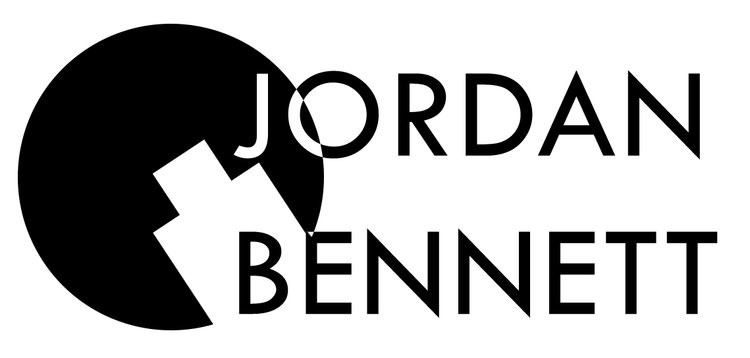OUR PEOPLE OUR TRADITION(ALL) BLANKET
Issues of identity can be found in every aspect of my work, I play with the ideas of stereotypes, artifacts and the passing down of traditions, the work, “Our People Our Tradtion(all) Blanket” was created as a means of combining all these concepts into one entity. The history of Blankets in Canada in regards to First Nations are usually accompanied with visions of the devastating small pox epidemic , a still iconic and disturbing entity consisting of white, green, red, yellow and black stripes sewn together. As a means of trade in the 18th Century, the Hudson Bay Company would use the Pointblankets as a form of currency with the First Nations in exchange for Furs. For the Natives this was at first a sought after commodity, later and to this day it stands as a symbol of Indian genocide.
In Newfoundland, the tradition of the blanket, its passing down and creation holds a completely different history. It is a symbol of being proud of who you are, a means of putting your culture on a pedestal, then as time passes handing down your blanket for generations to come to hold dear to them passing on the tradition. Each individual panel on the Newfoundland blanket would consist of simple images with words accompanying it to explain what it was, for example; a picture of a lighthouse would have the words “lighthouse” directly under it, a Newfoundland Dog would have the words “Newfoundland Dog” below it. Just by observing the blanket you could feel the pride that was put into its creation. The images put on were most often the stereotypical images one would think about when relating to Newfoundland culture, yet ones that were held with pride.
For this new work, “Our People Our Tradition(all) Blanket” I wanted to explore the differences and similarities that each history has in relation to the passing on of cultural histories and stereotypes.
Stereotypes have always accompanied aboriginal peoples, notably through film and television. With this piece I wanted to explore native stereotypes starting off with the “Wise Elder” an iconic view of early film, and work through to what television depicts today through news, “The Gas Sniffer” and “The Bum”. The stereotypes I explore dig deep into popular culture references, not only within the context of film and media, but through sports logos, this case particularly the Cleveland Indians logo. In the case of the HBC blankets and the unknown plague that would follow, I wanted to relate the stereotypes of the Aboriginal person in modern society’s view, if our people would have know the repercussions of what was to come, would they have signed the Indian Act of 1876. Holding their faith in others, believing that what they were signing, and “reading” (more so being told at this time), would benefit them, I feel our ancestors would have never signed up for that future and how their people would come to be treated and labeled.
Just as in most of my work, I try to take these stereotypes and run with them, turning them on their heads, separating lies from truth and re-appropriating them with the intention to change opinions, and open eyes to what it is be an aboriginal person in the 21st century. I want to step beyond the media, and show more than just the bad stories, my work pushes to bring these issues to light, and profile the good that is being done through art and culture.
